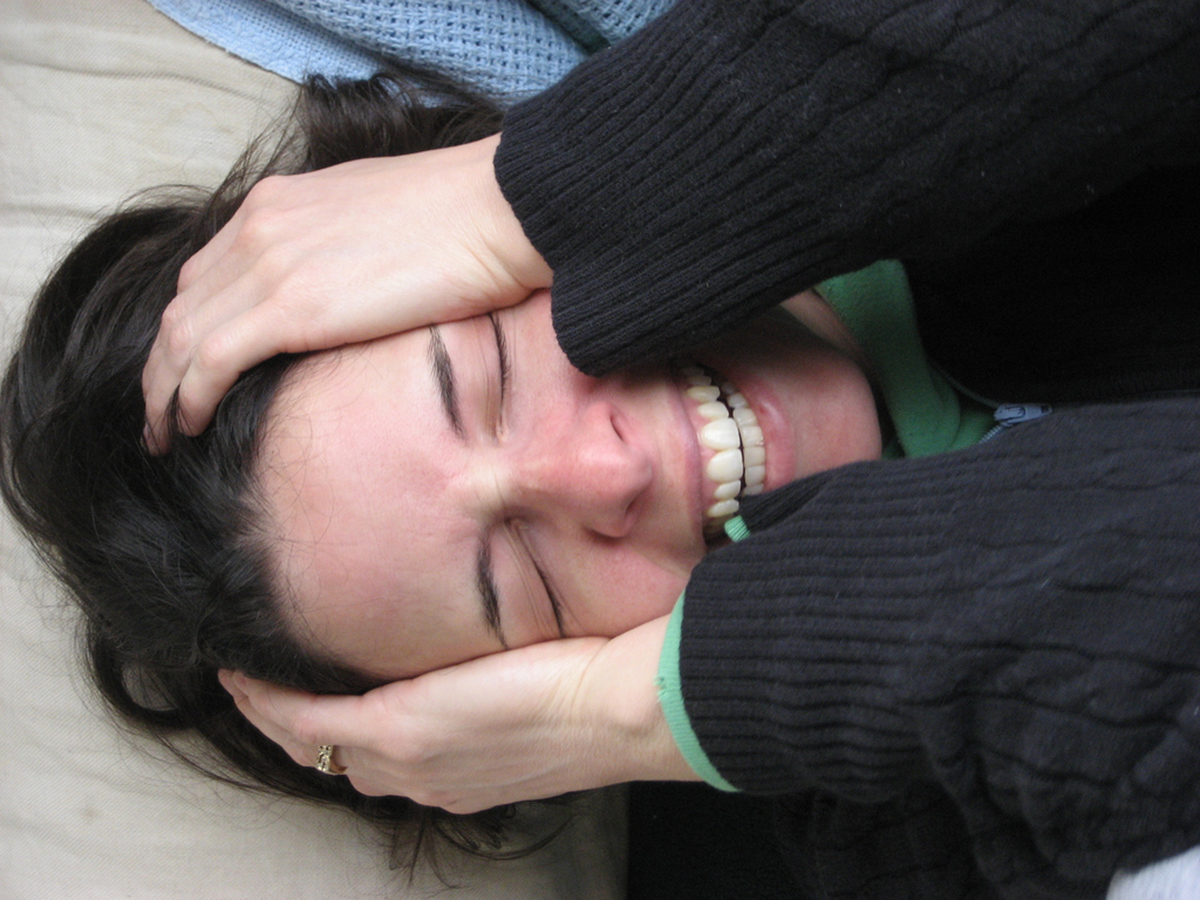Do you have a mental health issue you'd like therapy for? Depression, anxiety, anger issues, phobias, blocked emotions? Almost everyone would benefit from therapy. Cognitive Behavioral Therapy (CBT) is a talking therapy that analyzes the root causes of an individual's issues rationally, while medications such as antidepressants are also commonly used to make someone feel better.

But do these common approaches really make a person feel better? Do they treat the symptoms, or the cause?
I finally decided to seek therapy for problems that had plagued me for many years after I had kids, and had enough of struggling. Emotional numbness, or more simply said "an inability to feel", was my main problem. I was also aware of its cause: childhood sexual abuse.
CBT was the first form of therapy I came across, and it never forced me to leave my comfort zone. I don't have a problem with rational discussions and was fully aware of my problems, which was a shame because that's exactly what cognitive behavioral therapy focuses on. I just couldn't feel them. And yes, that was the problem. When my therapist asked me if I could forgive the abuser, I said no. He committed a crime that made my life difficult for many years and that will never stop affecting me, in that it made me the person I am today. Why would forgiving him serve my mental health?
That led to some heated discussions, which even made me angry and that didn't help much, as anger was already pretty much the only emotion I could actually feel. CBT focuses on identifying and correcting erroneous thought patterns, but I didn't think I had any. Medication, on the other hand, ensures that those who can feel but can't cope can continue to repress their emotions. My therapy experience is hardly unique — many people find that more common therapy methods simply don't help them as much as they would like.
Primal Therapy: Dealing With The Cause, Not The Symptoms
"Painful things happen to nearly all of us early in life," Arthur Janov — the founder of a completely different form of therapy — says. Those things, he believes, "get imprinted in all our systems which carry the memory forward making our lives miserable".
According to Janov's theory, which he called Primal Therapy, the early traumas a person experiences cause most of the problems for which people seek therapy later in life. Those early traumas cause people to repress their emotions, which then lead to a whole host of trouble. Yet it is not uncommo for people to be completely unaware as to what is behind their current struggles, and short-term "plasters" such as CBT and medications can lead them away from the solution, rather than toward it. That's in part because these solutions focus on the present — what problems do you have now, and how can they be solved now? That's less helpful if the root cause of your struggles can be found in the past.
Janov has a way in, he says. He practiced Primal Therapy as early as the 1960s. During this revolutionary era, he shocked clients into reliving their early traumas by "force and violence". Now, his method has evolved to become more gentle — reminding the client of love, rather than coercing them into feeling than healing pain. Other psychologists, including the Swiss Alice Miller, have also offered their thoughts on this method and have helped change its face. The basis is still there, however.
See Also: A New Way To Treat Depression: Scalp Electrodes
That makes sense, right? Unless the very origins of a person's pain are laid bare and actually felt, no amount of therapy, medication, or choice addictions (smoking, alcohol, drugs, eating disorders) can really get rid of it. Only when the pain is finally experienced, the client can live with it. It might not sound as revolutionary as it did it the 1960s, but it's still huge for the many people who have failed to feel better after other forms of therapy.
What Happens In Primal Therapy?
What actually happens in a Primal Therapy Session? I'll come right out and say that I really don't know. That's quite scary, actually. YouTube videos of so-called Primal sessions show people lying on mattresses, crying and screaming. Then again, Janov makes it quite clear that many unqualified and unscrupulous people — with or without a psychology degree — practice what they call Primal Therapy, but what truly is something else.

That still doesn't tell you what actually happens during sessions, and though Janov's website is full of truly fascinating information, there is surprisingly little that shares those all-important details. The best I can come up with is this.
The first stage involves 15 weeks of sessions with one therapist, over the course of three weeks. Group therapy with other clients is the next stage, though private sessions are still available, just more infrequently. Vital signs are measured before each session and the patient's heart rate, blood pressure and hormones are said to change measurably over the course of the therapy.
Janov estimates that a client is generally done with therapy within 11 months of finishing the first three-week stage of Primal Therapy. Over the course of an individual's therapy, the root of the pain is uncovered and experienced. Once a person stops repressing their initial traumas, the pain doesn't go away completely. Rather, the painful component of the trauma is eliminated and the person is then able to live with past experiences comfortably.
Janov 'Lite'?
I'm currently seeing a psychologist who takes inspiration from Janov and Miller, along with the humanist psychologist Carl Rogers. Carl Rogers irritates me. His philosophy of person-centered therapy encourages (no, requires) the therapist to accept the client completely. Rather than directing sessions by asking questions, the therapist lets the client take the lead. He or she might nod, say "mmm", or reflect the client's statements right back at them, but that's it.
"Yes, that's what I just told you," I want to yell when my therapist goes into Rogers mode. "Now tell me what I can do about it!" Rogers doesn't do that though, because clients are supposed to come up with solutions themselves.
Janov and Miller are there too, though, and their influence helped my therapist help me — to go back to that trauma, experience it, and feel the pain. Those were things my brain prevented me from doing while the trauma was ongoing, and the resulting repressed emotions have caused me a great deal of trouble in life.
See Also: What depression does to a person?
My sessions don't involve lying on a mattress or screaming, but I have been able to talk honestly, to experience the feelings connected to my trauma, and to cry. The expectation that you will cry can be irritating, but it's present for a reason — if you're doing it right, crying will likely follow naturally at some point.
- Photo courtesy of Maks Karochkin by Flickr : www.flickr.com/photos/karochkin/3674906958/
- Photo courtesy of Pistols Drawn by Flickr : www.flickr.com/photos/pistolsdrawn/2176883257/


Your thoughts on this